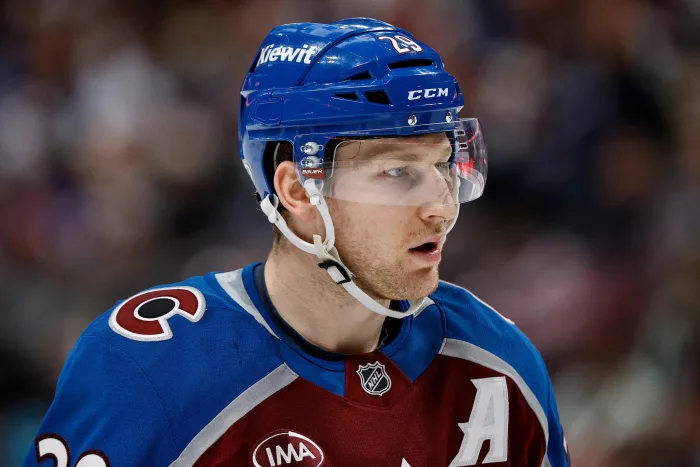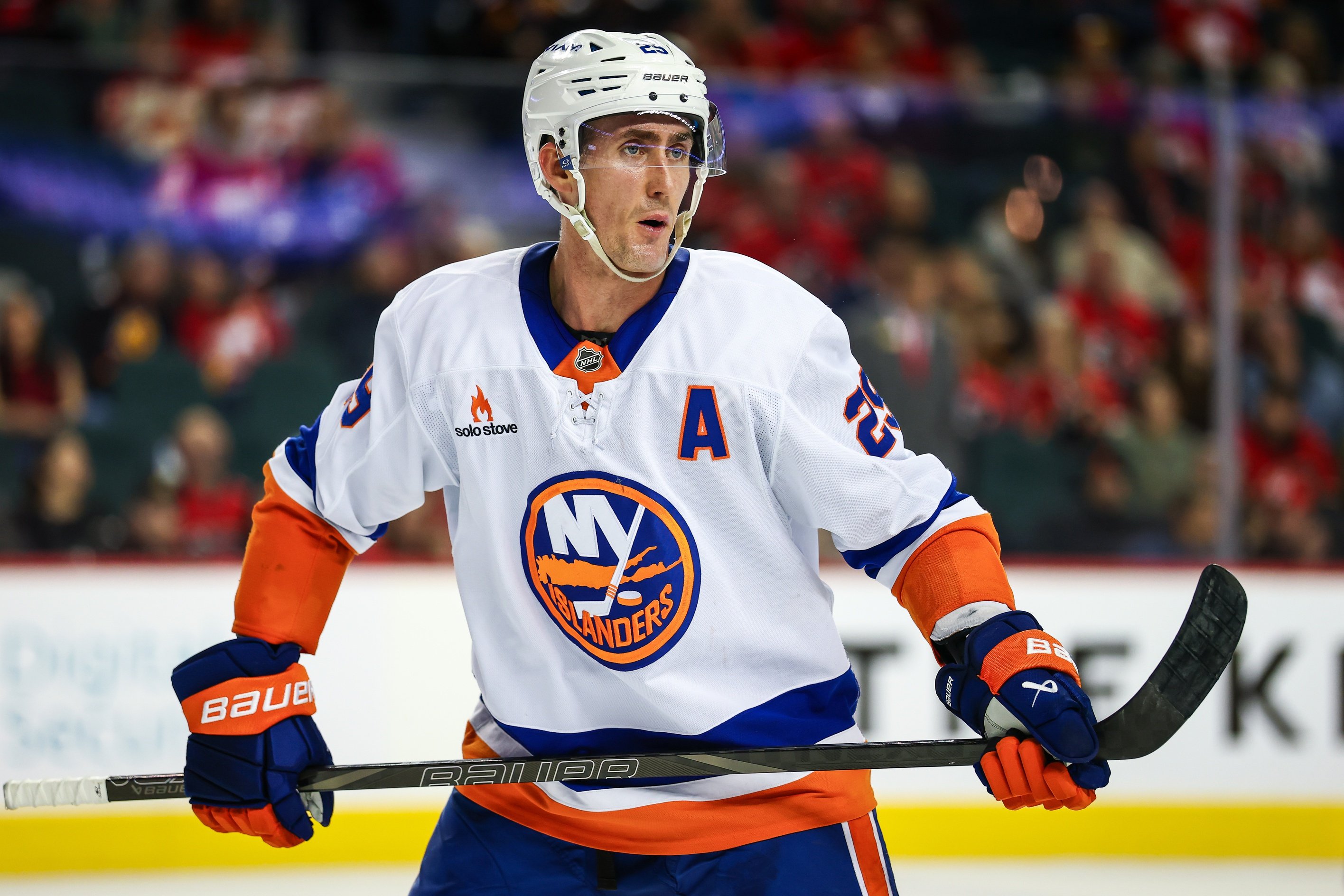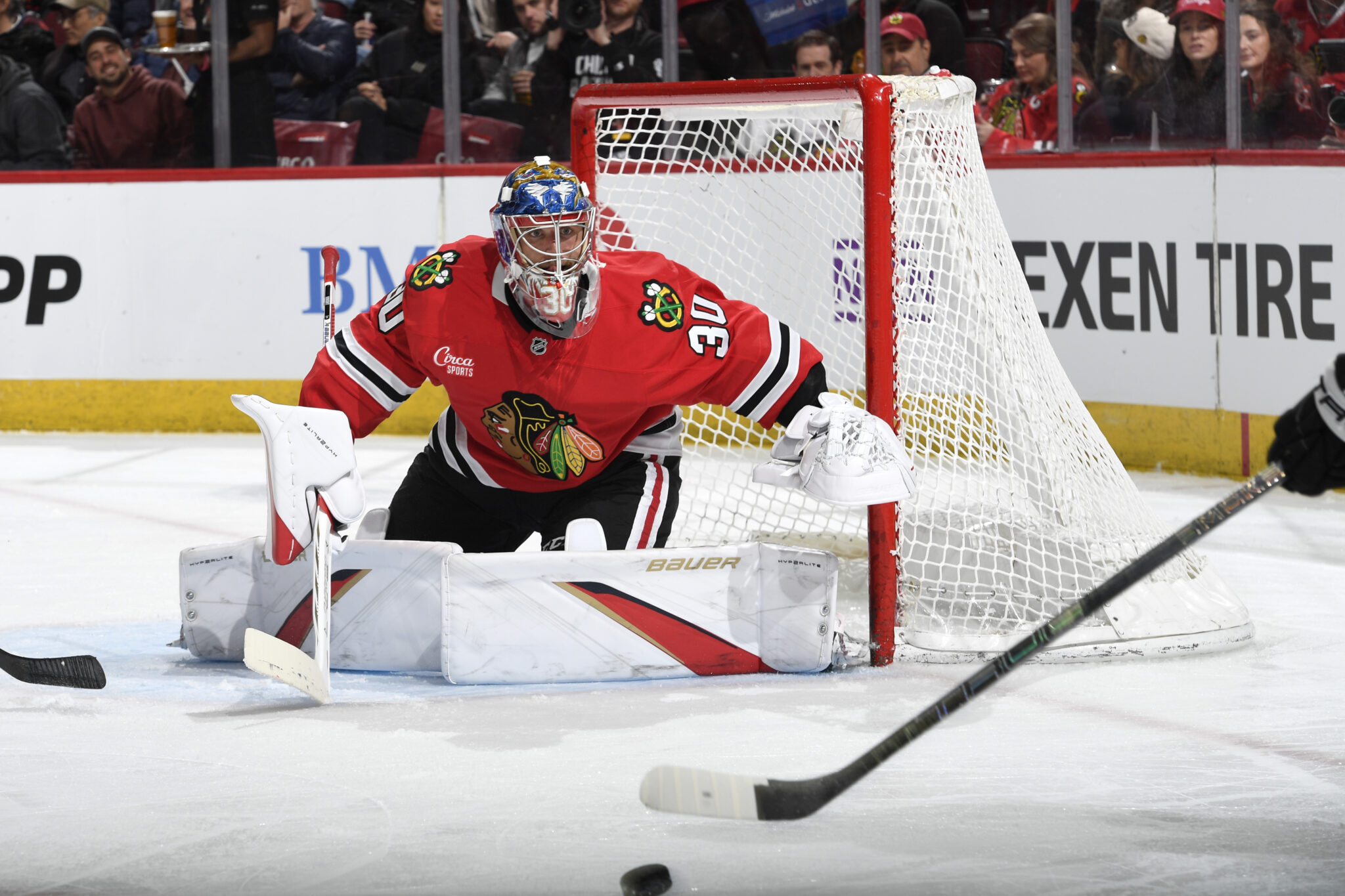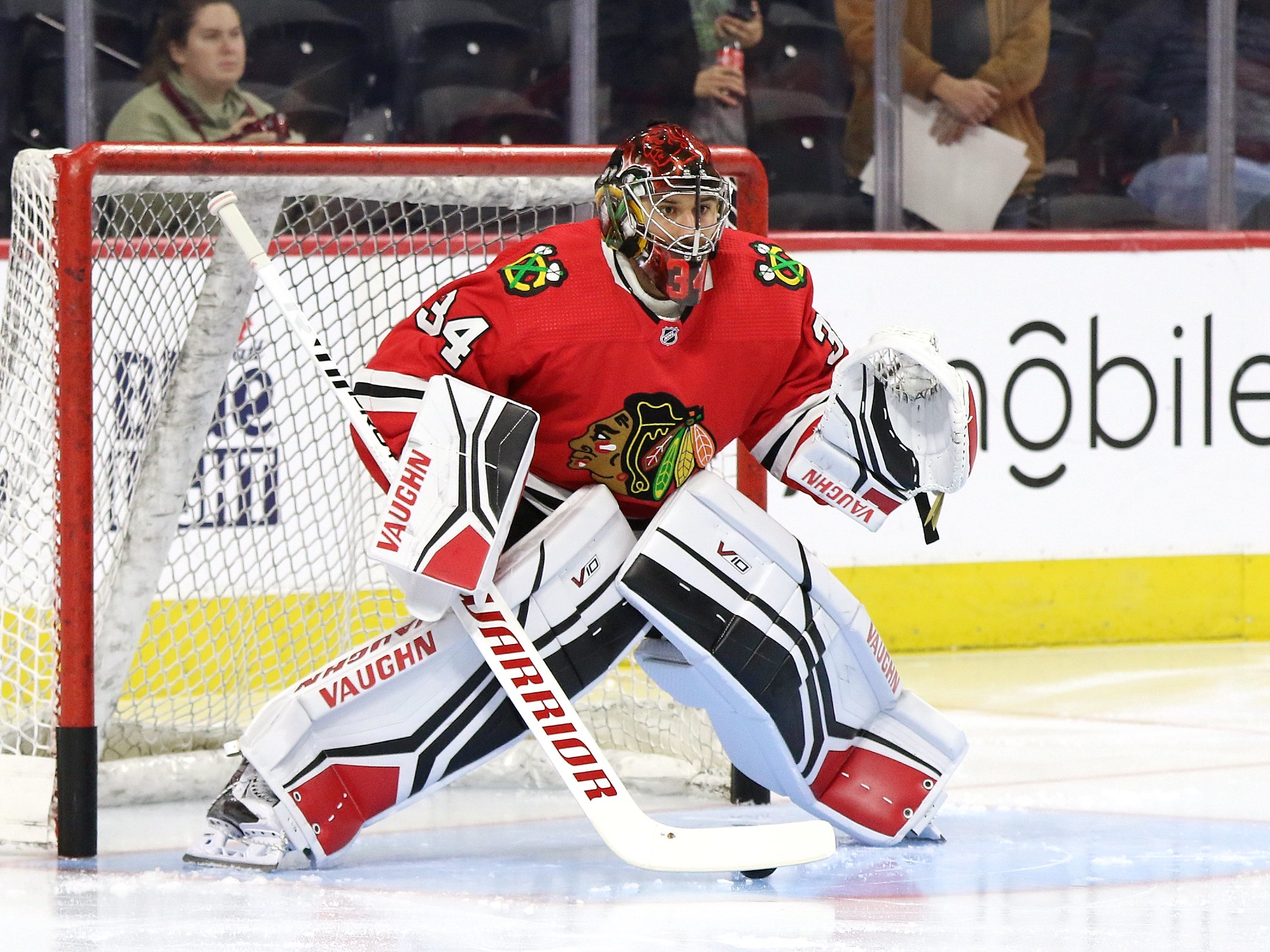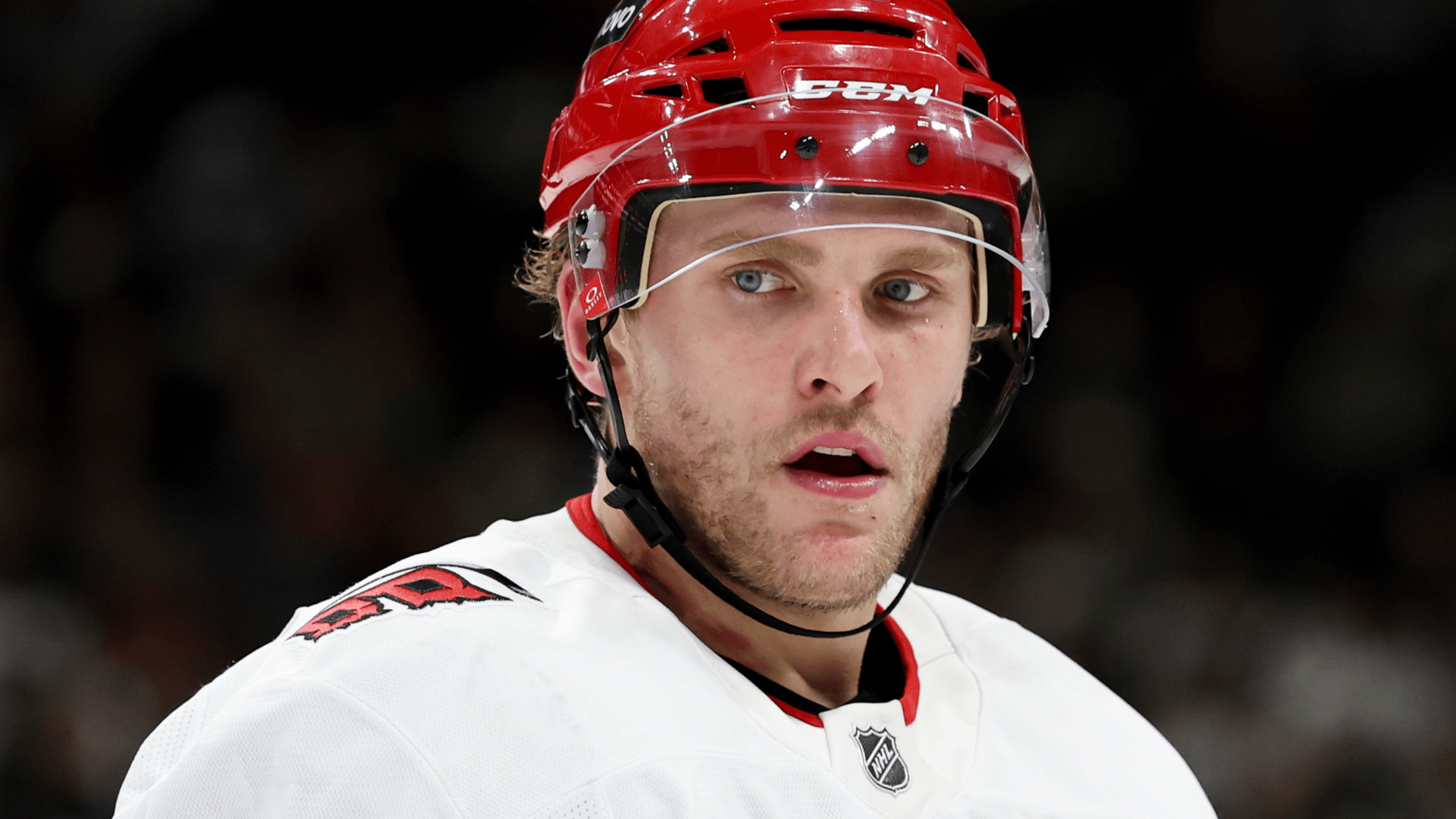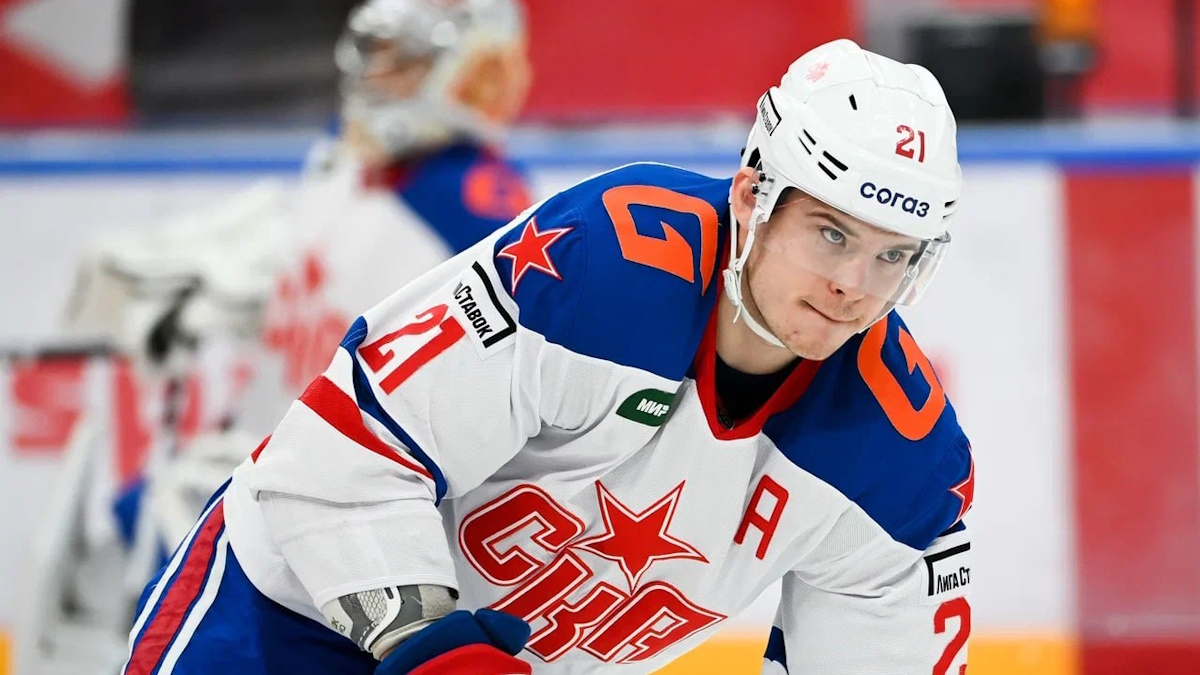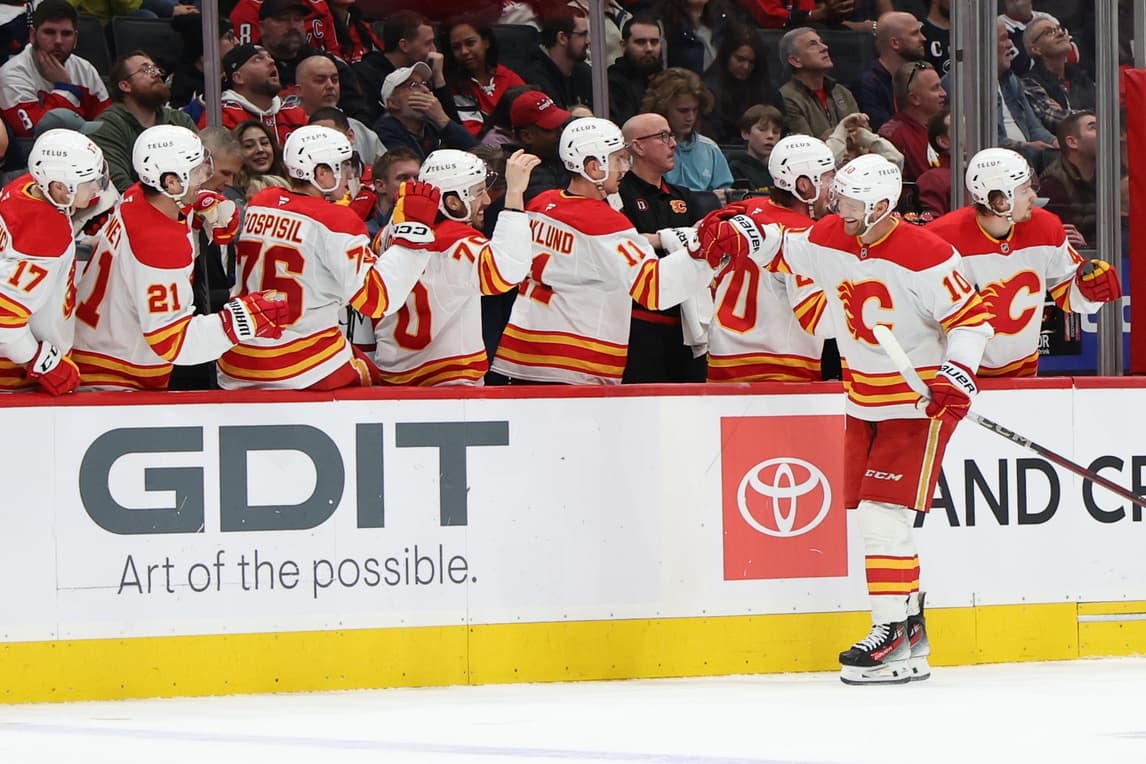
Nov 21, 2024; Columbus, Ohio, USA; Columbus Blue Jackets defenseman Zach Werenski (8) looks on against the Tampa Bay Lightning during the second period at Nationwide Arena. Mandatory Credit: Russell LaBounty-Imagn Images | Russell LaBounty-Imagn Images
The Columbus Blue Jackets entered the trade deadline with a clear vision: tweak the roster without disrupting team chemistry. GM Don Waddell made it clear he wasn’t going to offload key players for future assets, instead opting to bolster the bottom six with two sturdy, reliable forwards. No blockbuster deals here, but a couple of small moves that could help in the short term while keeping the team’s long-term vision intact.
https://twitter.com/BlueJacketsNHL/status/1898169000799903756
What the Blue Jackets Gave Up:
- 2025 fourth-round pick (originally from St. Louis)
What the Blue Jackets Acquired:
- Luke Kunin – A versatile forward who can play center or wing, kill penalties, and bring an edge to the bottom six.
- Christian Fischer – Claimed off waivers from Detroit, Fischer is a hard-nosed winger with over 500 games of NHL experience who provides energy and depth.
The Verdict:
If you were expecting fireworks, you probably came away disappointed. But if you understood Waddell’s strategy, this deadline played out exactly as planned. With the Blue Jackets surprisingly hanging in the playoff race, the front office felt it was important to reward the team’s effort by adding reinforcements rather than stripping things down.
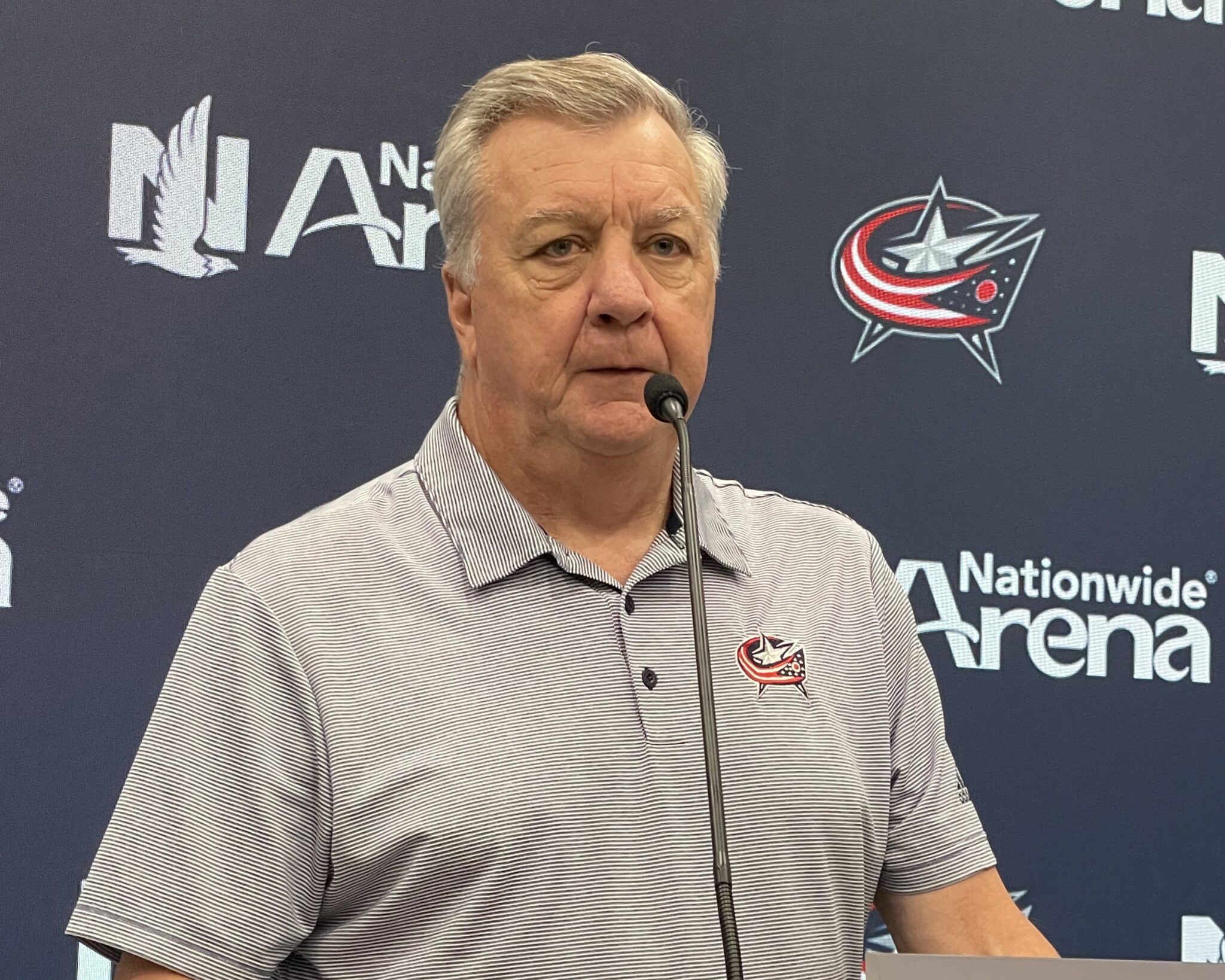
Columbus GM Don Waddell addressing media (Photo credit: Mark Scheig, the Hockey Writers)
Kunin and Fischer aren’t game-changers, but they are exactly the type of players you want in your bottom six when you’re trying to outwork teams down the stretch. Kunin’s ability to play multiple forward positions makes him a coach’s dream, and Fischer’s size and experience will be valuable in tight-checking games.
One of the biggest storylines leading up to the deadline was the future of defenseman Ivan Provorov. Waddell made it clear he wasn’t going to trade him, signaling that Columbus is serious about maintaining a competitive roster. That decision could pay off, as keeping Provorov sends a message that the Blue Jackets aren’t just a stepping stone for players but a franchise committed to stability.
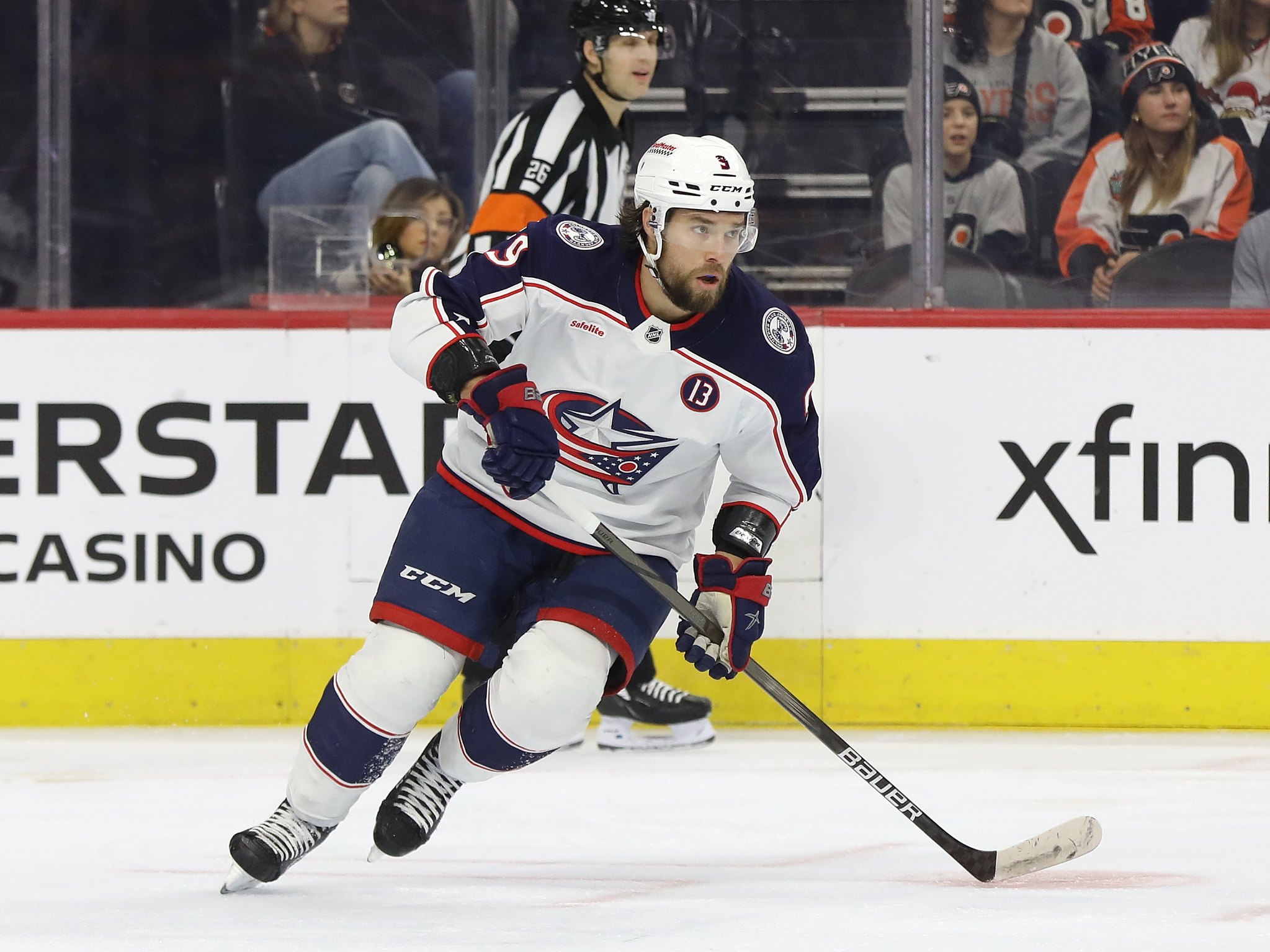
Ivan Provorov will remain with the Blue Jackets the rest of this season. (Amy Irvin / The Hockey Writers)
Another under-the-radar aspect of the deadline was Columbus’ attempts to act as a third-party broker in salary cap transactions. Waddell admitted they had multiple deals lined up that fell through at the last minute. Had those gone through, they likely would have added extra draft capital.
The biggest moves for Columbus might still be ahead. Waddell hinted that the groundwork for future trades was laid during these deadline discussions, meaning the summer could bring bigger changes. For now, the Blue Jackets made marginal improvements without mortgaging the future.
There were many things that Columbus Blue Jackets president/GM Don Waddell could've done before Friday's NHL trade deadline. He did the right thing. https://t.co/KuYYCDyG3P
— Columbus Dispatch (@DispatchAlerts) March 8, 2025
Final Grade: B – Nothing flashy, but solid depth additions while keeping the core intact. Columbus played it safe, but sometimes that’s the right call.


